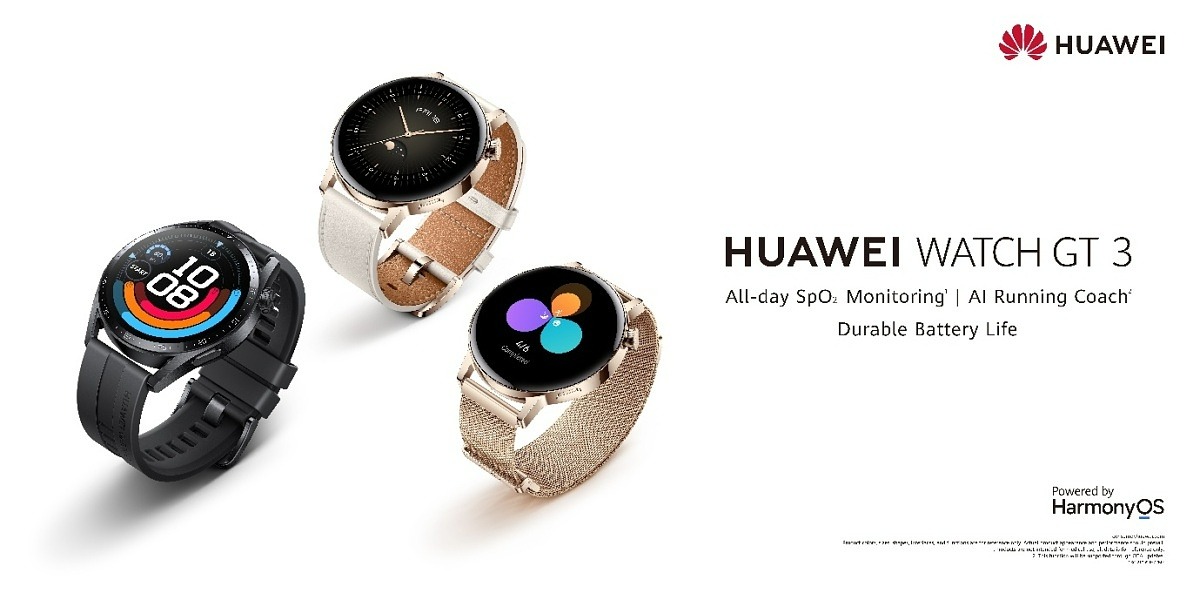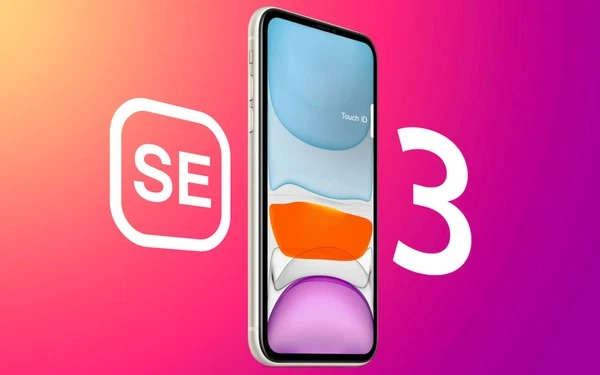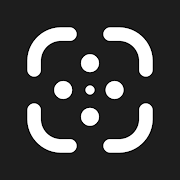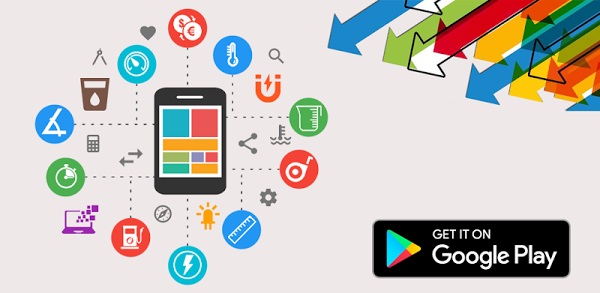Samsung is undeniably a leading innovator in high technology, from foldable OLED panels to high refresh rate screens, and now with stretchable display – a brand-new field that could revolutionize 3D content industry even more.
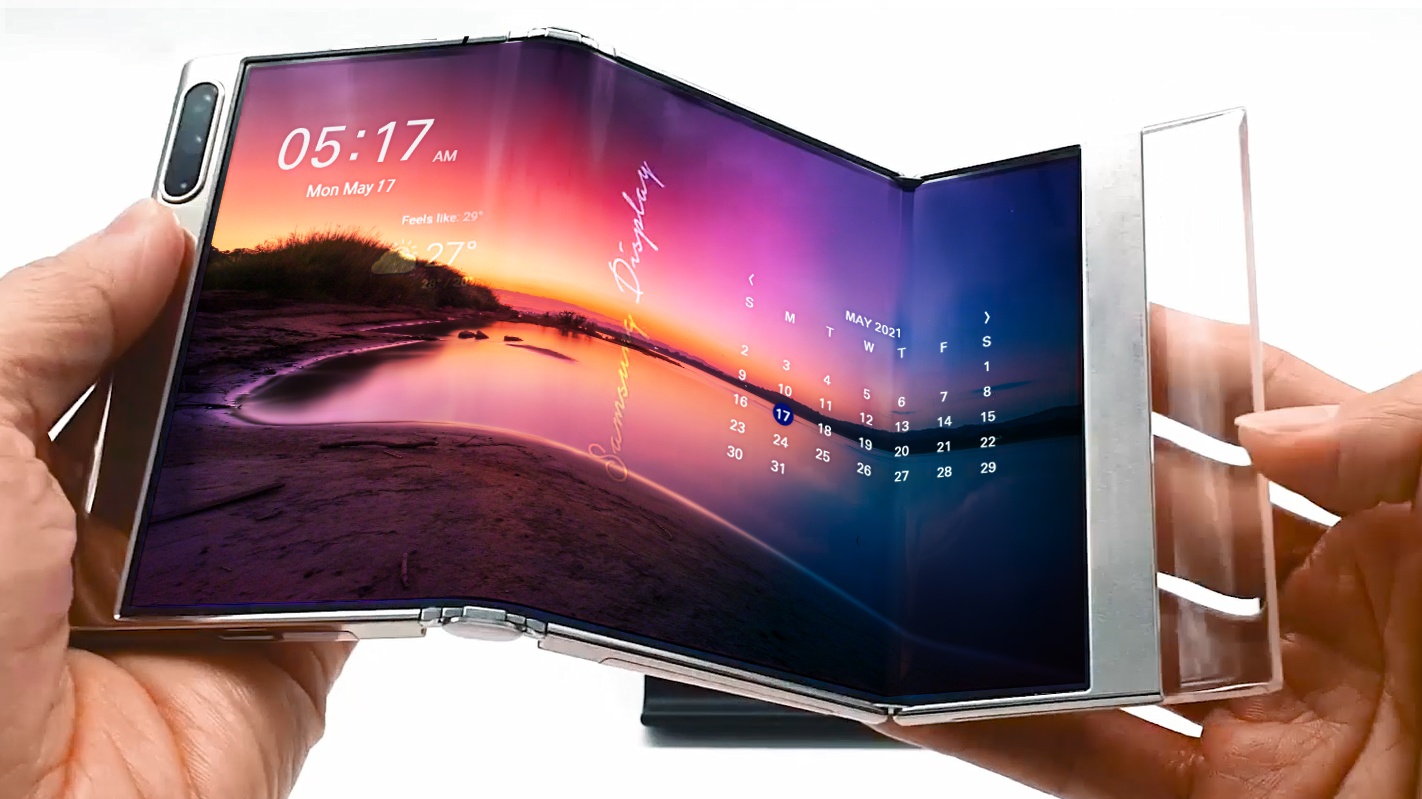
It is a surprise that it is not Samsung’s first attempt at this kind of technology, as the company previously unveiled a prototype back in 2017, but it lacked the same finesse as the latest does. The prototype spanned 9.1 inches and could be stretched in two directions. This latest attempt seems to have a higher resolution and more natural movement.
In a report from Korean newswire ET News, Samsung Display showcased its latest stretchable display spanning up to 13 inches diagonally. To your surprise, it looks quite impressive, with the screen physically rising and falling in an example of a bubbling lava plume, thus effectively producing a 3D representation of the 2D content on show.
With a display like this, contents are brought to life in a way that looks as real-life as possible.
How future plays out for stretchable display?
What could we expect on stretchable screens in the future? Samsung expressed its belief in 2017 that such technology could benefit wearables, IoT devices, automotive, and AI industries. Theoretically, it is seen to fit nicely with blind phone users by providing them with a more tactile experience. However, a more sensitive and flexible display system is more highly anticipated. The new technology is also expected to make room for more immersive movie experiences, offering actual 3D representation for supported media while software-based 3D was a short-lived fantasy.
It is important to know that stretchable display technology is still in the making at Samsung Display. It may take years before we actually see the real-world uses of this screen as many questions concerning its durability, mobility, and scalability remain unanswered.
At least for now, Samsung Display furthered plans with its foldable and rollable displays than stretchable displays.
Recently, the company also filed the patent for its new Galaxy smartphone with a futuristic-looking transparent display with the United States Patent and Trademark Office (USPTO) and the World Intellectual Property Office (WIPO).

